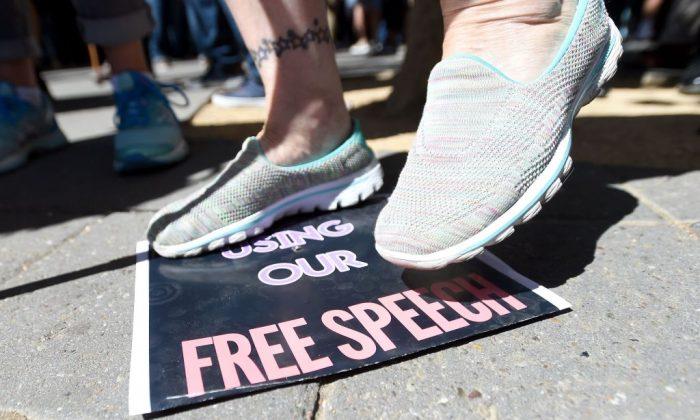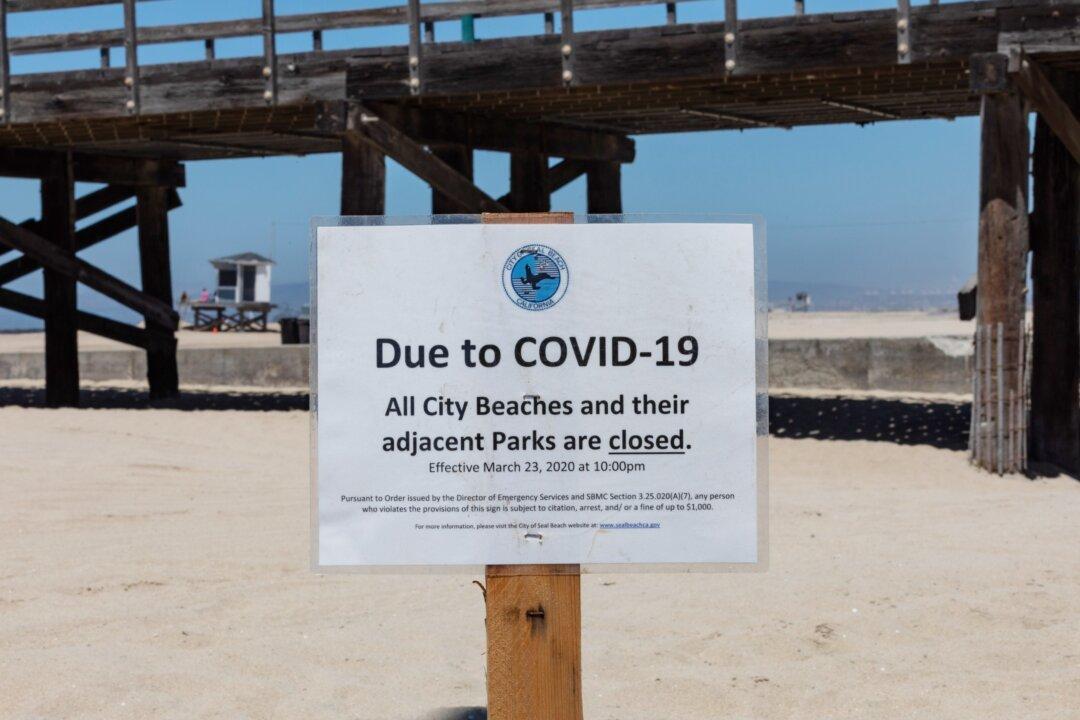Commentary
The safe space—“a place or environment in which a person or category of people can feel confident that they will not be exposed to discrimination, criticism, harassment, or any other emotional or physical harm,” according to the Oxford Dictionary—arose out of a perceived need for designated places in which marginalized groups could feel permitted to express themselves openly, and therefore is theoretically predicated on the ideals of free speech.





